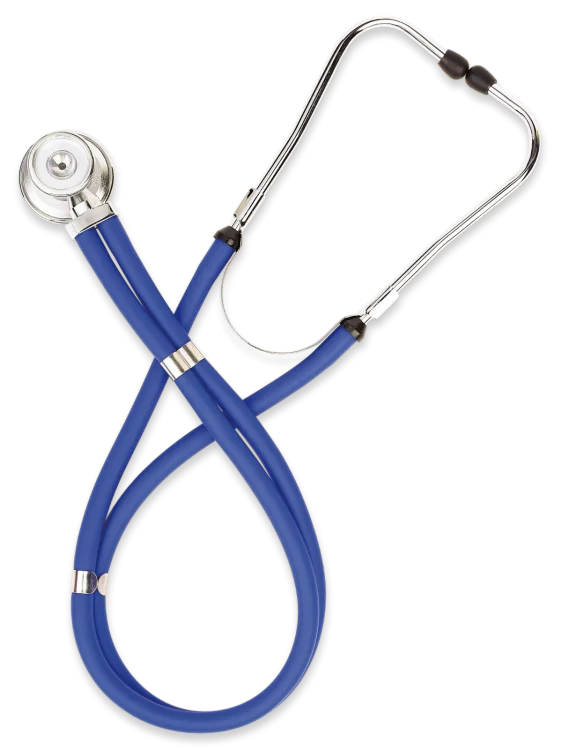Principal treatment medication types the backbone of healthcare distribution systems worldwide, helping as the first stage of contact for patients seeking medical attention. New healthcare analytics show engaging traits that display how weight loss loganville are adapting to generally meet evolving patient wants and neighborhood wellness challenges.

Patient Volume and Entry Patterns
Healthcare features record significant shifts in patient proposal designs around new years. Primary care methods now handle approximately 75% of preliminary medical consultations, with family medicine physicians averaging 25-30 individual activities daily. Walk-in appointments have increased by 35%, showing rising need for quick healthcare accessibility without extensive arrangement delays.
Telehealth integration has converted service supply models dramatically. Virtual consultations today comprise 40% of routine follow-up sessions, allowing healthcare vendors to keep continuity of attention while increasing arrangement flexibility. Patients particularly like distant consultations for treatment management, test outcome discussions, and persistent situation monitoring.
Preventive Attention Utilization Increases
Annual wellness examinations show remarkable usage, with participation charges hiking 45% across all era demographics. People old 35-55 display the highest diamond levels, scheduling preventive tests at unprecedented rates. Vaccination submission has improved significantly, with schedule immunization completion achieving 88% among recognized patients.
Serious infection management programs attract substantial patient enrollment. Diabetes monitoring initiatives record 92% adherence costs when people get regular primary attention oversight. Hypertension administration programs achieve body force get a handle on targets in 78% of participants, demonstrating the potency of regular medical supervision.
Regional and Demographic Ideas
Rural areas knowledge distinctive healthcare distribution issues, with principal attention physicians providing individual populations 40% larger than their downtown counterparts. These methods often offer expanded service hours and keep broader scientific features to address community needs effectively.
Suburban healthcare features report the highest individual pleasure scores, averaging 4.6 out of 5.0 on standardized surveys. Downtown techniques excel in specialized service control, facilitating consultant referrals 25% quicker than regional averages.
Technology Integration and Efficiency Metrics
Electric wellness record techniques now obtain 95% implementation prices across main treatment settings. Digital prescription management decreases medication mistakes by 60% while streamlining drugstore connection processes. Lab outcome supply through patient portals raises by 15% annually, empowering individuals to activate more definitely within their healthcare decisions.
Exercise efficiency metrics show constant development trends. Average visit wait instances lowered to 12 minutes, while same-day visit access widened by 30%. These improvements reveal improved scheduling methods and increased medical workflow management.

Cost-Effectiveness and Value-Based Attention
Main attention services supply outstanding healthcare value, blocking approximately 65% of possible emergency department visits through reasonable treatment and appropriate treatment. Routine wellness care reduces hospitalization prices by 40% among patients with established main attention relationships.
Insurance payment styles increasingly favor detailed primary treatment models. Value-based payment structures incentive techniques that obtain good patient outcomes while sustaining charge efficiency. These arrangements incentivize preventive treatment stress and chronic disease administration excellence.
Making Stronger Healthcare Foundations
Principal care data underscore the critical significance of available, extensive medical companies within regional communities. Healthcare methods that prioritize main treatment accessibility display superior populace health outcomes while maintaining sustainable detailed models. The info clearly helps extended investment in primary care infrastructure and physician training programs to meet growing healthcare requirements effectively.
